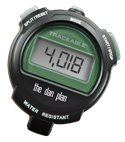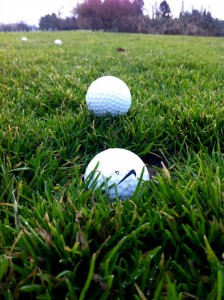A world of lies
Golf ball lies that is. I’ve just begun to understand a new dimension in the game of golf, the world of the “lie,” and I’m not talking about writing down a birdie when you’ve left the putt on the rim of the cup..
Up to this point, my main concern was hitting the ball. period. I’d be happy to make solid contact and it didn’t really matter what happened to the ball afterword; if it landed within ten feet of the hole I was extra happy. I was getting pretty comfortable with making contact and as good as that felt, comfortable is not where I can afford to be. I’ll save “comfort” for the day after winning a PGA event or for the grave, whichever happens first. For now and to me, comfort means there is a lack of challenge or growth. So, along comes this new dimension to give my world a whirl and keep me on my toes.
There’s so much in a golf ball lie. It dictates not only how to hit a ball and what it’s going to do after contact, but in many cases also what club you are going to use. I don’t feign expert in this, all I know is from my 8 months of experience, but what I do know is that in the following image, the ball in the foreground is WAY harder to hit than the one directly behind it. They are the same distance from the hole and on first glance would appear to be the same shot, but nope, not at all.
The foreground ball is buried in the mud and the only way to get it out of it’s present condition (if you’re not playing “winter rules”) is to take a bite out of that mud with your swing. You need much more force to carry all of that grass and mud along with your ball so have to really give it a whack. with the other ball, you’re able to finesse a shot however you wish, allowing for a wide variety of artistic touch and club choice. The mud-ball is going to have two outcomes. Likely to happen: you hit a bit on top of the ball slamming it back into the mud and then projecting out of there at a most unfortunate pace landing in the sand trap five yards in front of you. Less likely to happen: a large patch of mud rides along with the ball to the green, happening to fill the ball mark that your perfect shot leaves as it drops into the bottom of the cup. Make sense?
One thing I’ve found out thus far while practicing ill-fortuned lies: they’re a LOT less fun than hitting the ball from grass-blade tips. But, as Dr. K Anders Ericsson says, deliberate practice is not meant to be fun and you need to work on your weaknesses the most.
One happy note to leave on is that I’ve finally gotten to the point where I have weaknesses to focus on. Meaning, of course, that there are now some relatively strong suits in my bag of tricks..


